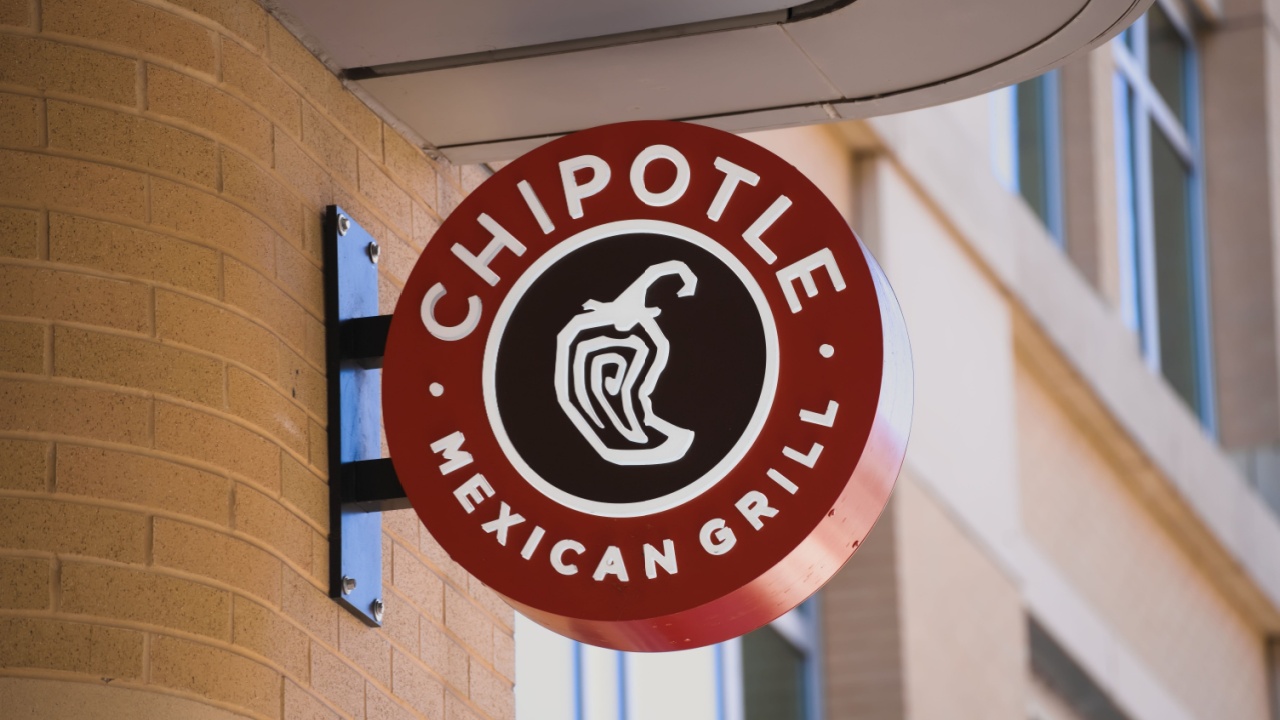5280 Capital’s presentation on the search for the next Wells Fargo from the ValueX Vail, June 2015.
Wells Fargo -- Almost A 50 Bagger
Recent Results Are Rather Ordinary And Track S&P 500
Wells Fargo is Now a Huge Bank
- Largest US. bank by market cap - $297 billion
- Ranks 3rd in US. in total assets - $1.571 trillion
- Ranks 2nd in US. in total deposits - $1.244 trillion
Much of Wells Fargo’s Stock Gains Came in 1990-2004 Period
1990 - 2004 15 Years of Strong Performance
- Total stockholder return - 21% annually
- Average ROE of 18%
- Average earnings growth of 11%
- Assets grew from $24 billion to $410
- Significant organic growth
- Geographic expansion
- Numerous acquisitions including Norwest acquisition of Wells Fargo
- Market cap grew from $2.1 billion to $105 billion
The Search for the Next Wells Fargo
- Identify a bank similar to Norwest in 1990
- Large enough to have some scale and professional management
- Small enough to be able to compound value at high rates for many years
The Search
- Sandler O’Neill Sm-AII Stars List - 35 banks
- Raymond James Community Bankers Cup -31 banks
- Search for banks with market capitalizations between $200 million and $5 billion and an ROA> 1%
- Reviewed over 70 banks
- Two part process
- Narrow the field to the best of the best
- Study what it takes to sustain greatness over time
The Semi-Finalists
- Access National (ANCX)
- Bank of the Ozarks (OZRK)
- Bryn Mawr Bank Corporation (BMTC)
- CVB Financial (CVBF)
- Eagle Bancorp (EGBN)
- First Financial Bankshares (FFIN)
- Glacier Bancorp (GBCI)
- Independent Bank Group (IBTX)
- Lakeland Financial (LKFN)
- Pinnacle Financial (PNFP)
- ServisFirst Bancshares (SFBS)
- Washington Trust Bancorp (WASH)
- Western Alliance Bancorporation (WAL)
- West Bancorporation (WTBA)
Characteristics of a Great Small Bank
- High ROE
- Ability to grow
- Great management
Sustainability of a High ROE
- Lending is mostly a commodity business in a commodity environment, the low cost operator is the long term winner
- Keys to being a low cost operator
- Cheap funding cost
- Operating efficiency
- Ability to make good loans
- Empire builders can temporarily inflate profitability as high growth initially looks profitable
- Skill only becomes obvious in a downturn
- Great Recession was the banking industry’s crucible
The Growth of a Great Small Bank
- Location is important - can’t grow loans if there is no demand
- Both coast, the SE and the SW are growing quicker than Midwest and Rust Belt
- Need geographic expansion AND market share growth
See full presentation below.













